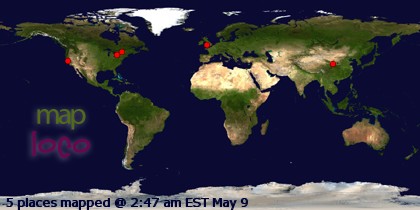Well, the final session for 2010.
I started the session with Harry taking some photographs for the illustrations for Chris Sensei's Shoden Manual.
I gave some thought to the session afterwards concerning the first 4 kata, Shohatto, Sato, Uto and Atarito. These are considered to be the basic kata for Muso Shinden Ryu and teach one to respond to an attack from any direction while still being able to react to various distances as per the requirement of Shohatto. I really like these forms as they all require a slightly different approach and becoming proficient in them is extremely useful to the performance of other iai forms. If one is able to draw almost directly from taito in any direction then this very conducive to being able to draw quickly and smoothly elsewhere.





When I have taught Shoden before I have asked the students to try drawing to various angles by shouting out a clock-time reference after learning this method from Ishido Sensei some time ago. Being able to do these forms well shows through when one can easily turn to any angle almost automatically and move the body into a strong cutting position.
The basic kihon for learners is to come up on the knees while only breaking the koiguchi before turning and moving the front foot into its objective position. As one improves one should avoid coming up on the knees first and try to turn raise and move the body in one smooth action. This action is now recommended for mid to high grades performing Seitei Ushiro.
Anyway, getting back to the session, after the shoot I returned to using the bokuto. I decided to do some work on cutting balance and practiced cutting from a feet together position with my eyes closed and alternated moving the left and right foot forwards and making a cut. At the end of each cut, with my eyes closed it was easier to determine where my centre of gravity was based and where any lacks of balance existed. This exercise tended to make me step my foot out to the side slightly but when I visually checked, my feet were exactly the right lateral distance apart.
I then worked through seitei. Sensei gave me some points about making better use of the body when preparing for thrusts as well as making other elementary movements smoother. I think that working naturally slower as I do with the bokuto is very good at moderating my overall speed of iaido. Hopefully this is one of the facets required for 6th dan.
So, I suppose for this final entry into the blog I ought to set out some short term objectives for 2011 (especially in case I fall off the roof tonight at the party):
- Firstly start doing some muscle development training to get some symmetry in my arm strength and thereby hopefully getting my injury sorted out.
- Do another Seitei video review and include my chosen koryu.
- Carry on working on my balance exercises.
- Continue with "Project Delta".
- Do a lot of work on Tozume, Ukenagashi and Oroshi.
Anyway, that's it for 2010. Happy New Year to all you have taken the time to read this blog and thanks again to those who have commented or provided other feedback.
Akemashite Omedeto Gozaimasu!









